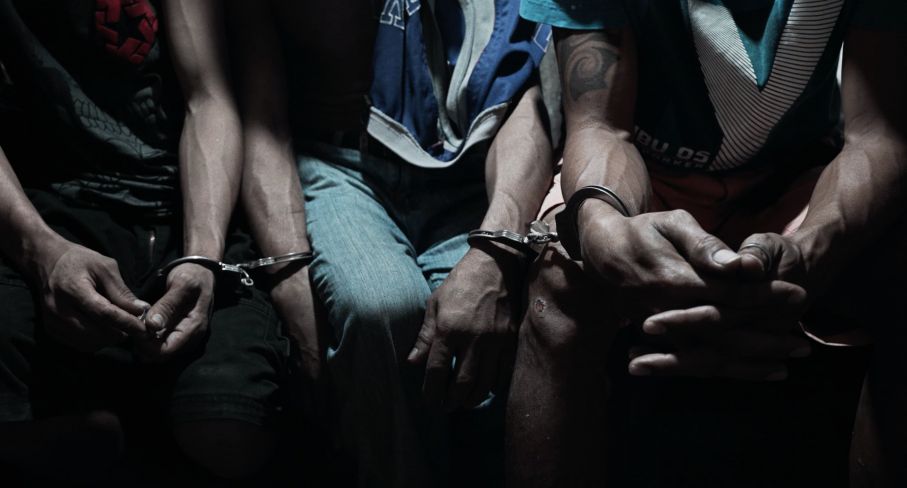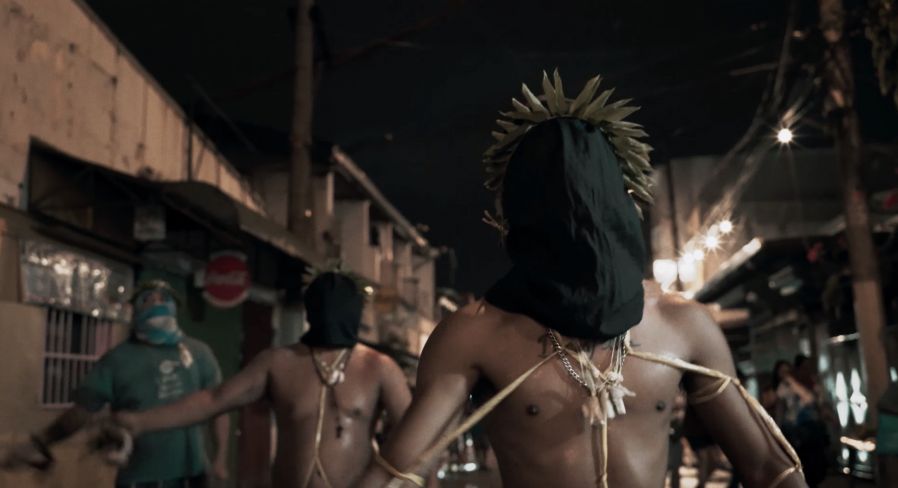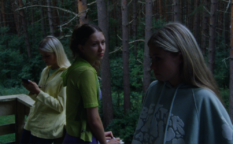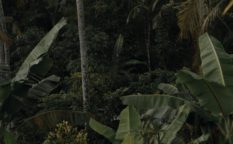Review: Aswang (2019)

In the Filipino folklore, Aswang is an umbrella term for a shape-shifting evil spirit that comes in the forms of a ghost, vampire, werewolf, ghoul, or some other creature that preys on the innocent and the powerless. That is also the title of Alyx Ayn G. Arumpac’s feature-length documentary debut. Aswang premiered at last year’s IDFA, winning the FIPRESCI prize for the best film in the newcomers’ section, and it currently plays at Sheffield Doc/Fest, in the competition’s ‘Into the World’ section.
Apart from being the only connection between the various characters and their stories and points of view via the poetic narration about the folklore phenomenon, the very spirit can be quite an efficient multiple-meaning metaphor. For some, it is the predatory nature of a huge, unfinished and rough metropolis, in particular its slums on the outskirts and its rampant drug-related street crime. For others, including the filmmaker, the real Aswang are the police death squads executing the drug users, the small-time crooks and dealers, or people who just seem suspicious to them.

During his electoral campaign, the current Filipino president Duterte has promised to take the hardline stand and to push the war on drugs on a completely new level, where no user and no dealer would be safe. He delivered it: as the figures spoken about early in the film show it, in just two years the death toll reached 30.000, meaning more than 1.000 people a month. Also, as heard on the radio at one point, the approval rating of the war on drugs is quite high, around 85%. The fact is, however, that only the poor are targeted, while the drug moguls might at worst serve their sentences in somewhat comfortable prison conditions that are unavailable for simple users and street-level dealers.
Arumpac follows several different people who are all affected by the drugs and the police violence. There is a stoic mortician who is specialized in low-end funerals and whose parlour also serves as an improvised morgue. There are also figures like a journalist and church activist taking an effort to relieve the relatives of the killed people, many of whom for no reason whatsoever, from pain caused by their loss. Finally, there is also a street boy called Jomari whose both parents are incarcerated and who struggles to survive on the harsh streets while maintaining his playful personality and who serves as the protagonist of sorts and the emotional centre of the film. Of course, there are some more passing characters providing their insights, which makes the structure of the documentary a bit loose, resembling a series of vignettes of the daily and especially the night life of the Manila’s skid row suburbs.

The most of the action takes place in the night time, so the palette of colours used by the cinematographers Tanya Haurylchyk and Arumpac herself is the reduced to the greys of the rough concrete and the metallic blues, as well as the cold neon lights and the police red and blue emergency lights that interrupt the darkness of the night. In the rarer daytime scenes, however, the rough camerawork resembling the home video level of quality gives a strong sense of immediacy and urgency, which is quite fitting for its important topic.
All things considered, Aswang is a solid debut and a film with its heart at the right place that could do well at the human rights type of the film festivals. The relative absence of the authority figures (Duterte himself is present only in the form of the cardboard figure that will be set on fire on the street protest) and the police (they are seen throughout, but Arumpac is not interested for their side of the story) is significant because the filmmaker has an ambition to speak for the people who are on the receiving end of the so-called justice. However, the film would benefit from more focused vision and a firmer structure.
Original title:
Aswang
Year: 2019
Runtime: 84′
Countries:
Philippines, France, Norway, Qatar, Germany
Language:
Filipino
Directed by: Alyx Ayn G. Arumpac
Narration
written by: Giancarlo Abrahan
Cinematography by:
Tanya Haurylchyk, Alyx Ayn G. Arumpac
Editing by: Fatima
Bianchi, Anne Fabini
Music by: Teresa Barozzo
Sound
design by: John Michael Perez, Mikko Quizon
Colurists:
Passakom Yaisiri, Sorawich Khunpinij
Produced by: Alyx
Ayn G. Arumpac, Armi Rae Cacanindin
Production companies:
Cinematografica, Les Productions de l’Oeil Sauvage, Razor Film
Produktion GmbH, Stray Dog Productions
Sales: LevelK
















